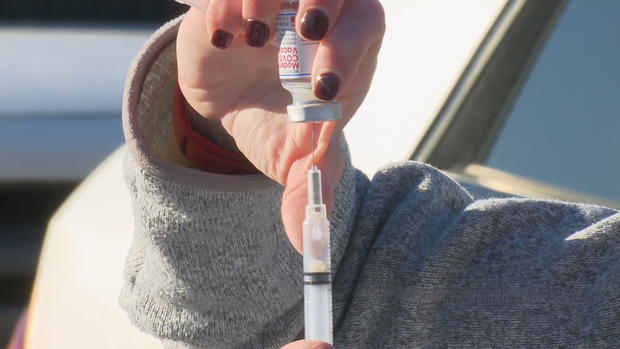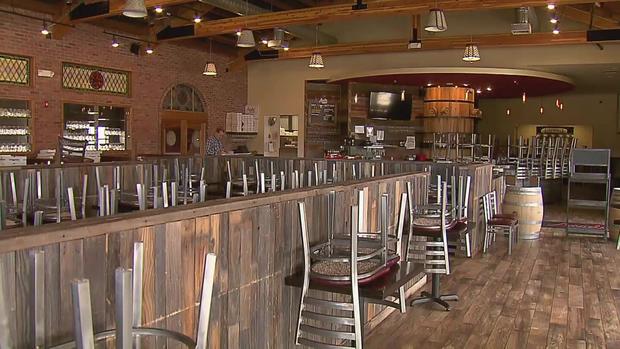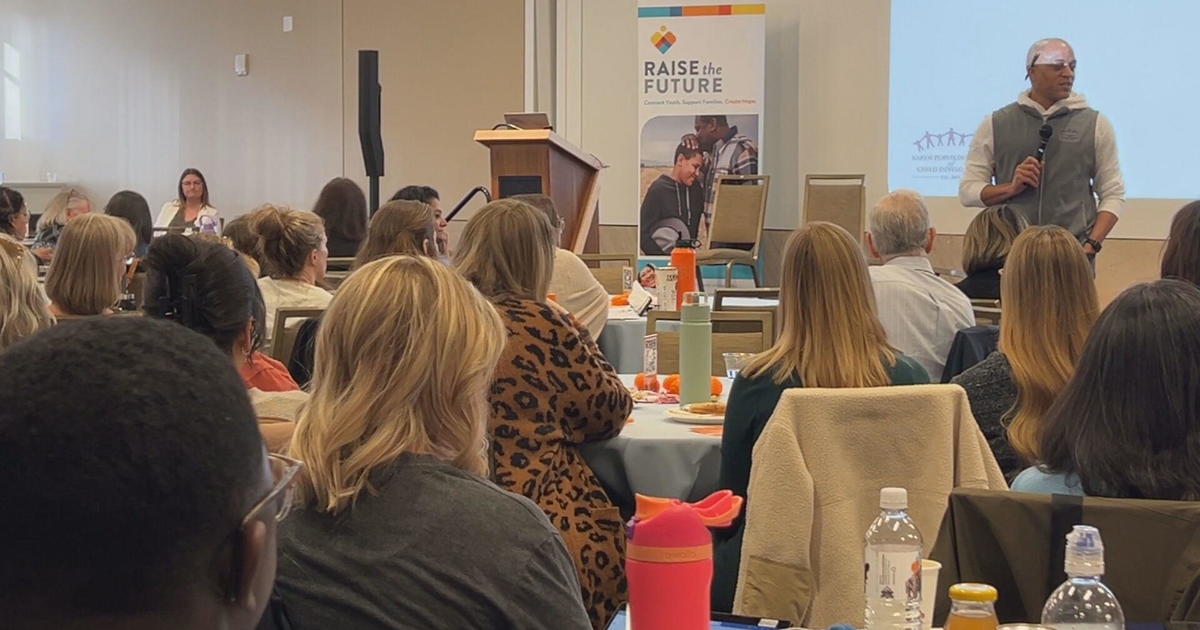COVID In Colorado: How Modeling Data Helps Doctor Determine The Future
AURORA, Colo. (CBS4) - There's no way of knowing when will COVID-19 be over, of course, but planning is done on the basis of estimates called modeling which track things like hospitalization rates and estimate where they are headed. It's information state and local health leaders use to determine things like closures and mitigation efforts.
They weigh in other needs like the economy, mental health and other consequences of the pandemic.
"Policy is never made based on math alone. Even outside of COVID, and when you're talking about decisions about the virus, hopefully all of these things are taken into account," said Dr. Elizabeth Carlton, associate professor of Environmental and Occupational Health at the Colorado School of Public Health at CU Anschutz.
Carlton and her colleagues produce a report called "The Current State of COVID-19 in Colorado" every few weeks. It breaks down trends like hospitalizations.
"That has been trending down for over a month now. That's really good news," said Carlton.
Case numbers have also been trending down since late November.
"Although in recent days we are kind of see-sawing a way that could be heading upwards, and similarly percent positivity, the percent of tests coming back positive are see-sawing and may be heading upwards as well."
Little ticks like that can mean big things in the state's planning for the pandemic. It's clear we understand the pandemic far better now than we did last March and treatments have improved.
Hospital stays are shorter says Carlton, and fewer people end up in ICUs, but the recent positive trend the report explains is more likely the result of behavior.
"The decline that we've seen over the last month is not due to changes in treatment, but due to likely changes in transmission and changes in policy and behavior."
Their graphs look at the pandemic by many different measures. In the latest data from Dec. 12 – 25, "We estimate that approximately 21% of infections were detected by state surveillance systems, including both asymptomatic and symptomatic infections."
With asymptomatic transmission potential that might mean four out of five people potentially sharing the disease were not diagnosed. New infections broken down by age group show a strong increase among people age 20 – 39, especially in November. They remain the highest group in terms of new infections with more than 40 cases per 100,000 people in Colorado in the most recent report.
The report also breaks down new cases, divided by race and ethnicity. Infections among Hispanics reached more than 100 cases per 100,000 in November, but has dropped in December to closer to 30. It is actually lower in the latest numbers than new infections among American Indian and Alaska Native people.
"I think one of the hardest things about this virus is that it's incredibly unfair. There are portions of our society that have borne very large burden with this virus. In terms of deaths, in terms of illness, in terms of lost income."
She does not see Benefits to the vaccine until spring.
"In the weeks ahead, what's really going to impact the trajectory is how people behave in terms of their contacts, how much they mix with others indoors, if they're wearing masks. We know there was just a change in policy shifting a lot of counties from red to orange, which may increase transmission, we just don't know."
When COVID-19 does come to be less of a risk, she's thinking about getting people back into contact with wider society. It's an issue not yet given much consideration, but many people may still remain fearful.
"I do think there's a not insignificant portion of our society right now that's terrified, and they don't want to go outside, and I think we're going to have to have this conversation of trying to encourage people who are scared of the virus to re-integrate into society to say 'it is safe to go outside to mix with friends, to send your kids to school,' and I think that frankly it's going to be a team effort between the media and public health and policy makers to try to hopefully we get to that point soon."






